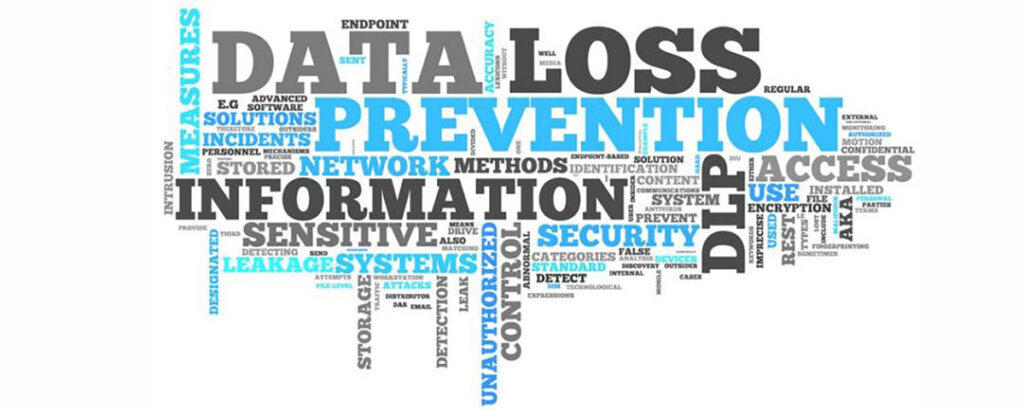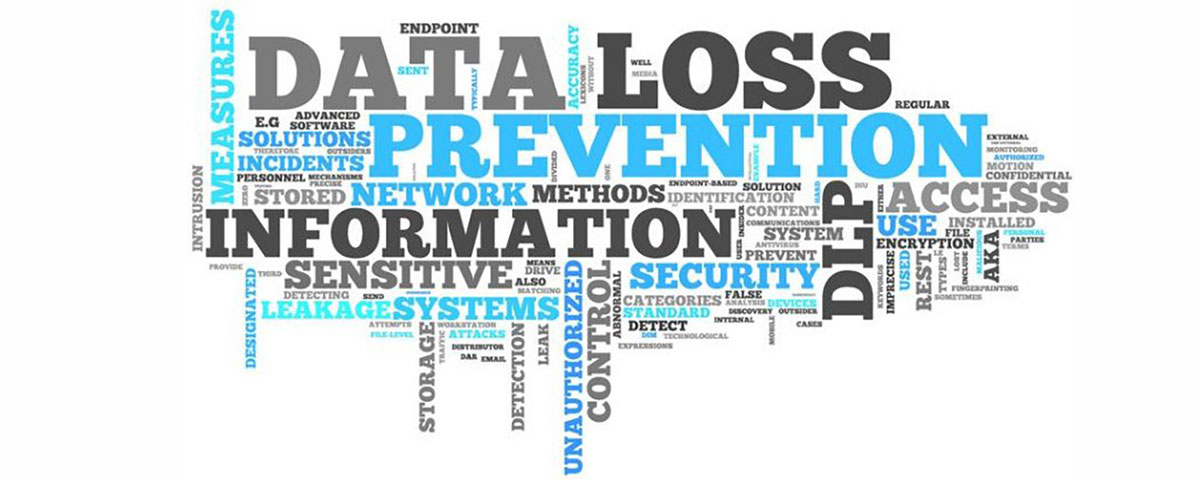
In an era where data is a valuable asset, organizations face increasing challenges in protecting their sensitive information from loss, theft, or unauthorized disclosure. Data Loss Prevention (DLP) systems provide a comprehensive approach to safeguarding data by identifying, monitoring, and preventing potential data breaches. In this article, we explore the significance of DLP systems and their role in mitigating data loss risks, ensuring compliance, and maintaining the confidentiality of sensitive information.
- Identifying and Classifying Sensitive Data: DLP systems assist organizations in identifying and classifying sensitive data across their network, databases, and endpoints. By using predefined rules and machine learning algorithms, these systems can detect sensitive information, such as personally identifiable information (PII), financial records, intellectual property, or confidential business data. This classification enables organizations to better understand their data landscape and implement appropriate security controls.
- Data Monitoring and Policy Enforcement: DLP systems continuously monitor data flows within an organization’s network, including email communications, file transfers, and user activities. They analyze data in real-time, comparing it against predefined policies and rules. If a policy violation is detected, such as attempting to send confidential data outside the organization or accessing sensitive information without authorization, the DLP system triggers alerts or enforces appropriate actions to prevent data loss.
- Data Encryption and Access Control: DLP systems often integrate with encryption technologies to protect sensitive data at rest, in transit, or in use. Encryption ensures that even if data is compromised, it remains unreadable and unusable without the encryption keys. DLP systems also facilitate access control mechanisms, ensuring that only authorized individuals or systems can access sensitive information. This helps prevent unauthorized data exposure and minimizes the risk of data loss due to insider threats or external attacks.
- Endpoint Protection and Data Leakage Prevention: Endpoints, such as laptops, mobile devices, and removable media, pose significant risks for data loss. DLP systems extend their protection to endpoints by implementing endpoint security measures, including data leakage prevention (DLP) agents. These agents monitor and control data transfers, enforce encryption policies, and prevent unauthorized copying or transferring of sensitive data to external devices or cloud services.
- Incident Response and Forensic Capabilities: DLP systems play a crucial role in incident response and forensic investigations. In the event of a data breach or suspected data loss incident, these systems provide detailed logs and audit trails, helping organizations understand the extent of the breach, identify the source of the incident, and take appropriate remedial actions. DLP systems assist in conducting post-incident analysis, facilitating compliance reporting, and supporting legal and regulatory requirements.
- Compliance and Regulatory Alignment: Compliance with data protection regulations, industry standards, and privacy laws is of utmost importance for organizations. DLP systems aid in achieving compliance by providing features and functionalities that align with regulatory requirements. They assist in implementing data protection controls, preventing data breaches, and demonstrating adherence to privacy and security regulations, such as the General Data Protection Regulation (GDPR) or the Health Insurance Portability and Accountability Act (HIPAA).
- User Awareness and Training: DLP systems complement user awareness and training initiatives by promoting a culture of data protection and privacy. They help educate employees about data security best practices, raise awareness about potential data loss risks, and enforce data handling policies. By providing real-time feedback and alerts, DLP systems empower users to make informed decisions and minimize the likelihood of accidental data breaches or policy violations.
Data Loss Prevention systems are essential components of a comprehensive data protection strategy. By identifying sensitive data, monitoring data flows, enforcing policies, and facilitating incident response, these systems mitigate the risks of data loss, protect against unauthorized disclosure, and ensure compliance with regulatory requirements. Implementing DLP systems empowers organizations to maintain the confidentiality of sensitive information, build trust with customers and partners, and safeguard their valuable data assets from internal and external threats.




Leave a Reply